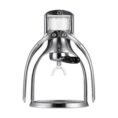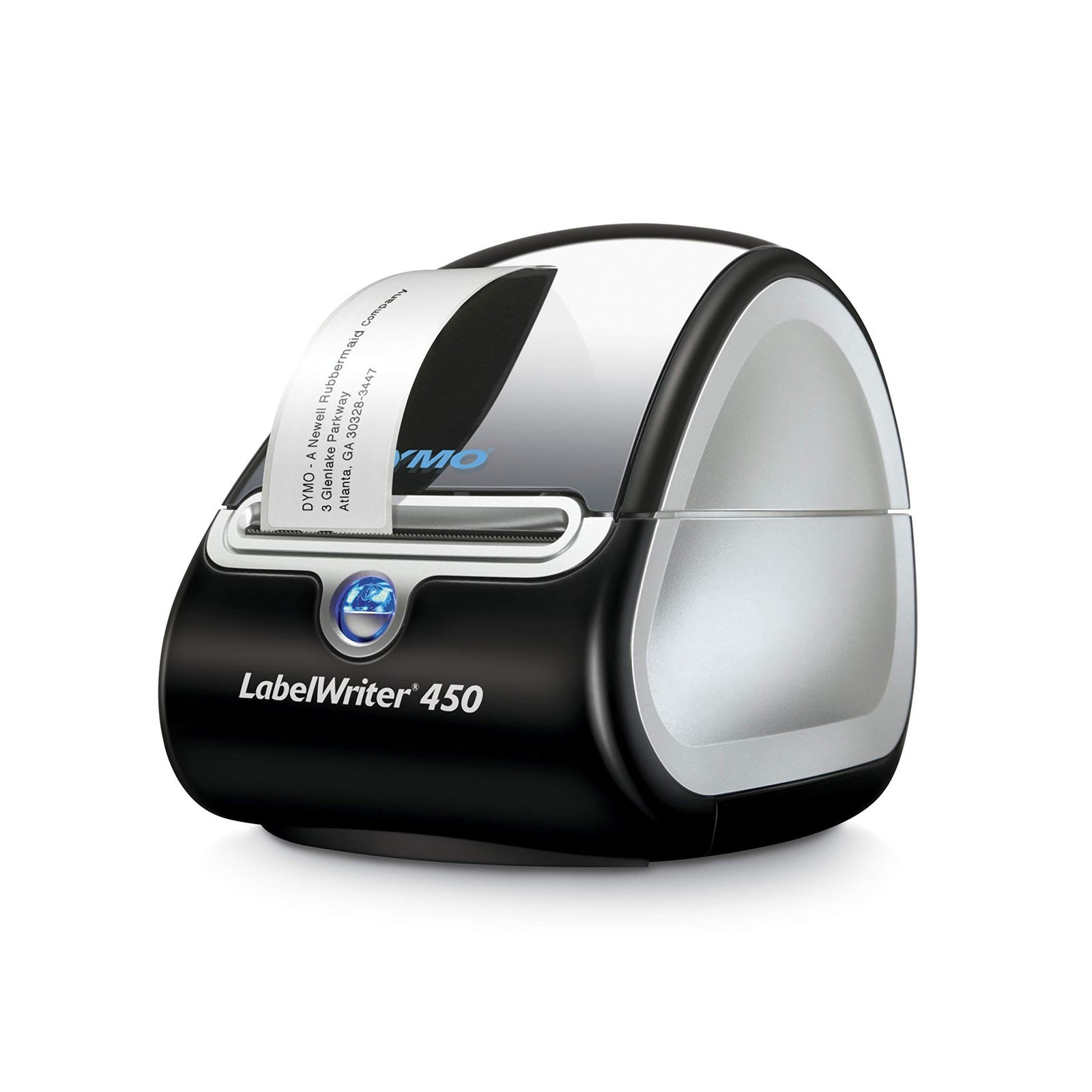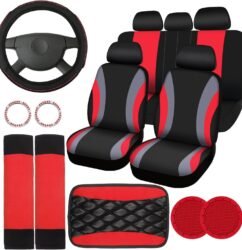Choosing the right products to sell on an online marketplace is crucial for your success. With eCommerce growing rapidly, many people are looking to start their own online businesses. However, the competition can be tough, and selling the wrong products can lead to losses. This guide will help you understand how to pick the best products by focusing on market research, target audience, product trends, profit margins, and competitor analysis.
1. Understanding Market Research
What is Market Research?
Market research is the process of gathering information about what people want to buy. It helps you understand what products are in demand. By knowing what consumers are looking for, you can make informed decisions about which products to sell.
How to Conduct Market Research
There are several ways to conduct market research:
- Surveys: Create simple surveys to ask potential customers what products they would like to see.
- Social Media: Check platforms like Facebook and Instagram to see what products are trending.
- Google Trends: Use this tool to find out what people are searching for online.
Identifying Demand
Look for products that have a high demand. These can be seasonal items, like holiday decorations, or evergreen products that sell all year round, like clothing or kitchen gadgets.
Example
For instance, a successful seller might use surveys and social media to find that eco-friendly products are gaining popularity. This insight could lead them to sell reusable shopping bags or biodegradable utensils.
2. Identifying Your Target Audience
Who is Your Ideal Customer?
Knowing your target audience is essential. Your target audience is the group of people who are most likely to buy your products. Consider factors like:
- Demographics: Age, gender, location, and income level.
- Interests: What hobbies or activities do they enjoy?
Analyzing Customer Needs
Understand what problems your customers need to solve. For example, if your target audience consists of busy parents, they might need convenient meal prep solutions.
Creating Buyer Personas
A buyer persona is a detailed profile of your ideal customer. This tool can help you choose products that appeal to your audience. You can create a persona by gathering data about your target audience and summarizing it in a clear format.
3. Spotting Product Trends
How to Identify Trends
Keeping an eye on product trends can give you an advantage. You can find trending products by:
- Following Industry Blogs: Subscribe to blogs related to your niche for updates on popular products.
- Social Media: Platforms like Pinterest and Instagram can show you what’s hot right now.
- Online Marketplaces: Check Amazon, Etsy, or eBay for best-selling items.
Tools for Trend Analysis
Consider using tools like TrendHunter and Pinterest Trends to discover what’s trending in your market.
Balancing Trends with Longevity
Be careful not to focus solely on trends. While it’s great to sell trendy items, it’s also essential to consider products that will have lasting appeal.
Example
A seller might notice that fidget toys are trending. However, instead of just selling fidget spinners, they could also offer stress relief products that cater to a broader audience.
4. Evaluating Profit Margins
Understanding Costs
To make money, you need to understand the costs involved in selling a product. These can include:
- Production Costs: The cost of making or sourcing the product.
- Shipping Fees: Costs to send the product to customers.
- Marketing Expenses: Money spent on advertising your products.
Calculating Profit Margins
To calculate your profit margin, use this simple formula:
Profit Margin=(Selling Price−Cost PriceSelling Price)×100\text{Profit Margin} = \left( \frac{\text{Selling Price} – \text{Cost Price}}{\text{Selling Price}} \right) \times 100Profit Margin=(Selling PriceSelling Price−Cost Price)×100
This formula helps you determine how much profit you’ll make from each sale.
Setting Competitive Prices
Make sure your prices are competitive but also allow for a healthy profit margin. Research what similar products are selling for and price your products accordingly.
5. Conducting Competitor Analysis
Why Know Your Competitors?
Understanding your competitors can help you make better product choices. You can learn from their successes and mistakes.
Analyzing Competitor Products
Look at what products your competitors are selling. Consider their prices, marketing strategies, and customer reviews.
Tools for Competitor Analysis
Use tools like SEMrush and SimilarWeb to gain insights into competitor performance.
Finding Gaps in the Market
If you notice a product that is popular but has a lot of negative reviews, this might be an opportunity for you. You could offer a similar product that addresses those issues.
Conclusion
Choosing the right products to sell on an online marketplace involves careful planning and research. By understanding market research, identifying your target audience, spotting product trends, evaluating profit margins, and conducting competitor analysis, you can set yourself up for success. Take the time to analyze these factors, and you’ll be better equipped to make smart decisions for your online business.
Now, get started on your journey to becoming a successful online seller!





















